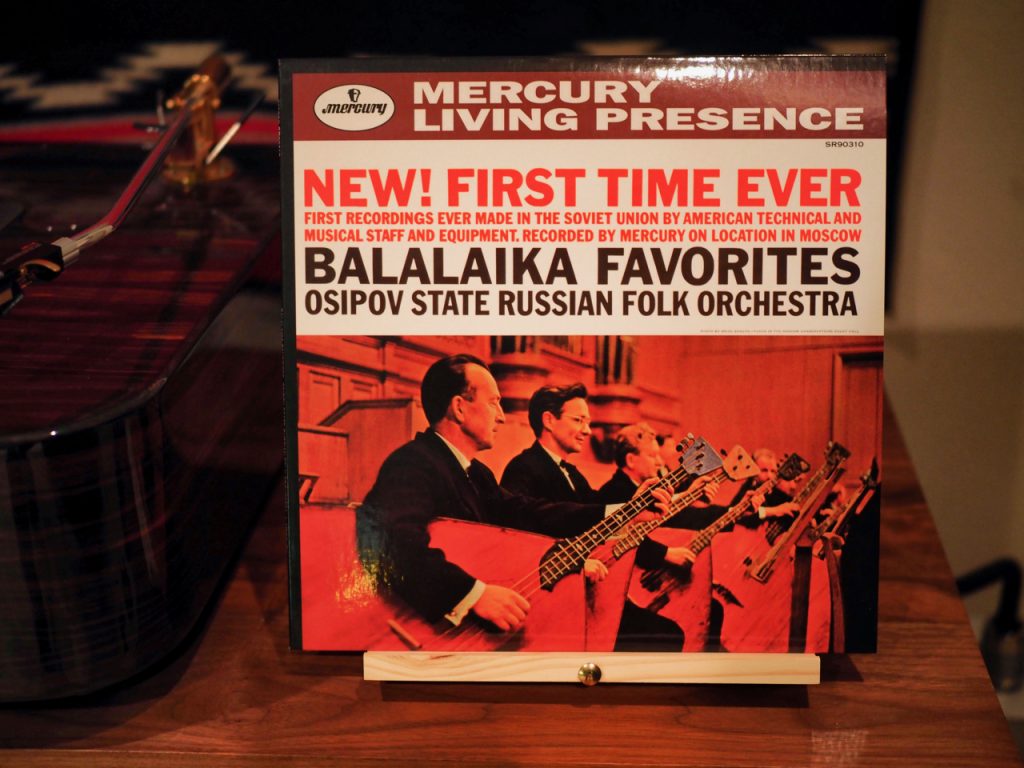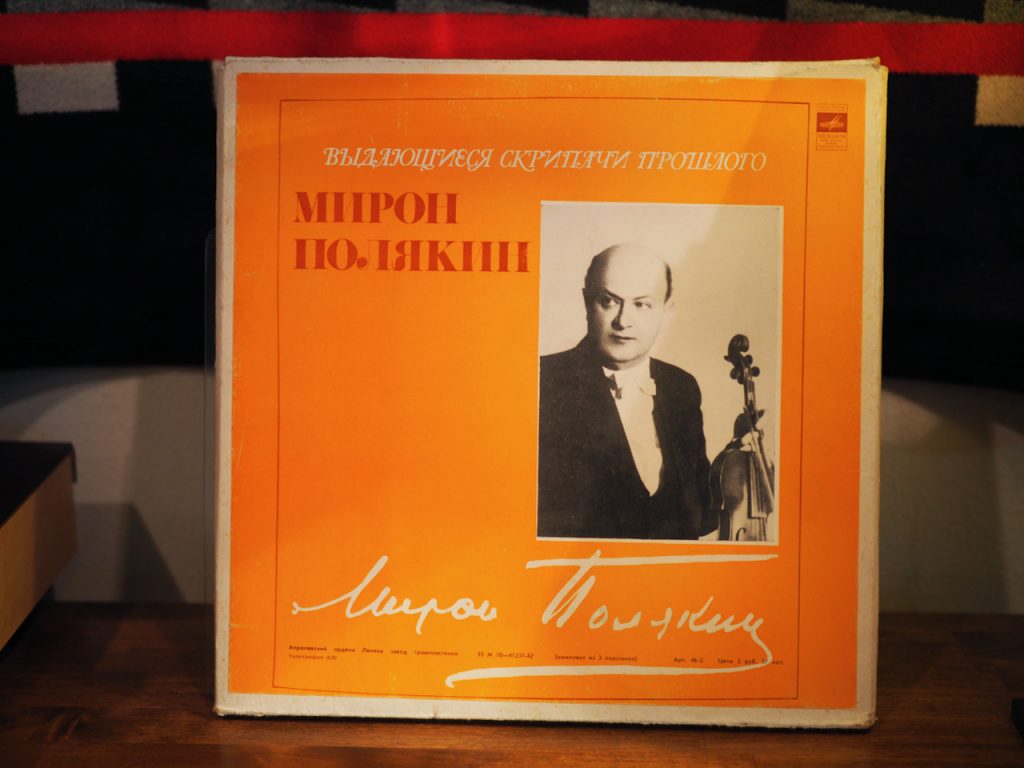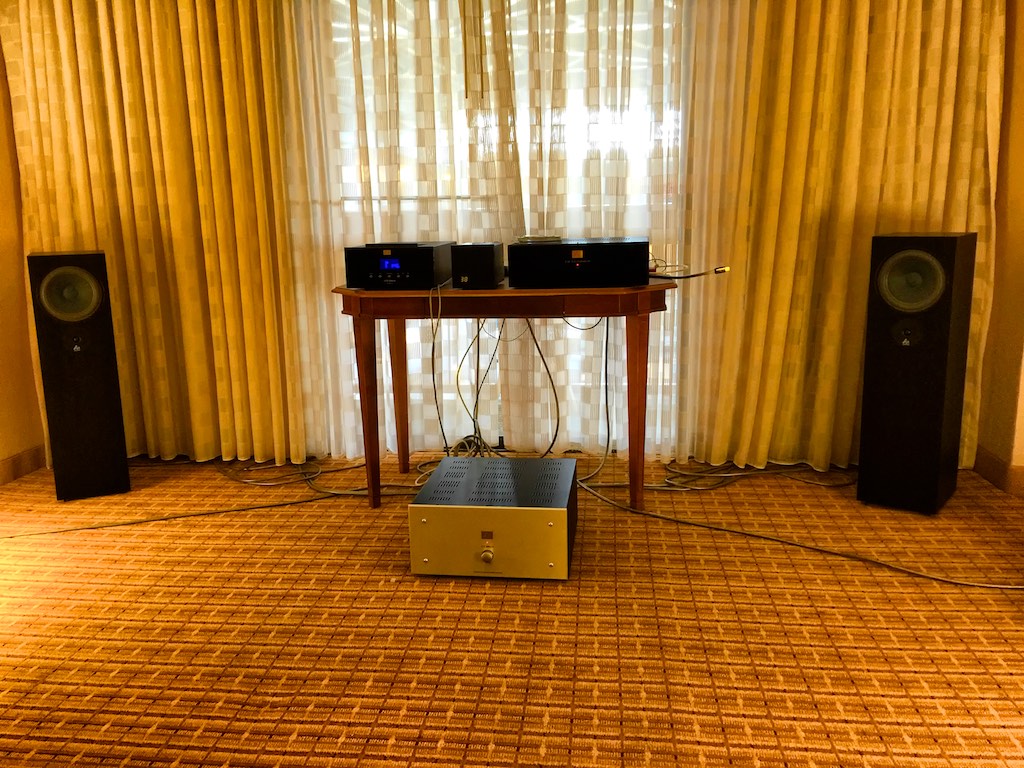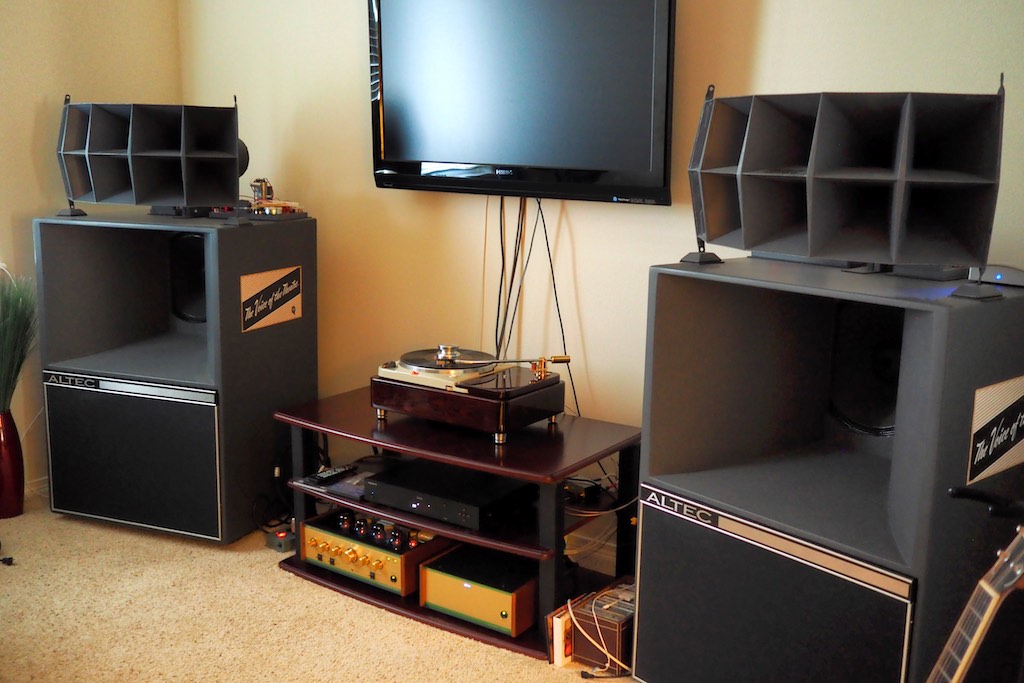"My audio system sucks, what should I do?"
I think you would be astonished to see the amount of emails asking that question that I receive from my fellow audio and music enthusiasts on an ongoing basis.
There's a lot of music listeners out there that are unhappy with the performance of their hifi systems, and I get it, as I've been there myself.
There's a number of reasons for this unhappiness, but it is usually centers around just a couple of factors, the first being who you are and your expectations for your audio system, and the second being the room you have your audio system in.
Most listeners have some sort of Venn overlap between being an audiophile that focuses a lot of their attention on visuospatial performance like soundstage depth and imaging, and being a music lover that focuses their attention on the musical performances and their emotional engagement to them, and who wants to listen to a wide variety of music of varying recording quality.
Largely, although not exclusively, those are very different goals that are more than a little bit challenging to achieve in a single audio system.
Which direction your listening focus leans largely determines what sort of system you'll find pleasing to listen to music with.
If, for example, you are primarily an audiophile whose interest leans toward emphasizing visuospatial performance for those 1% of the ultra-recordings from our recorded music canon marketed to audiophiles, your life is going to be much more challenging, which is just the reality of that listening bias.
If you are primarily a music lover who wants a high-fidelity audio system that will emphasize the natural musicality of recorded music performances, your emotional connection to the music, and allow you to play music with a wide variety of recording quality, a different sort of audio system will better serve your expectations.
For example, a large part of your happiness / unhappiness will have to do with how your audio equipment, particularly the loudspeakers, are designed and voiced.
Generally speaking, in enthusiast audio, we are looking at the voicing of audio equipment over an auditory range that spans human hearing, from about 20Hz up to about 20,000Hz.
That frequency range can be broken down into bands of frequency of the sub-bass (20-60Hz), the bass (60-250Hz), the lower midrange (250-500Hz), the midrange (500-2000Hz), the upper midrange (2000-4000Hz), the presence region (4000-6000Hz), and the brilliance region (6000 to 20,000 Hz).
Audio equipment marketed to audiophiles tends to have a subtle, or not so subtle, as the case may be, emphasis in the midrange (500-2000Hz), upper midrange (2000-4000Hz), presence region (4000-6000Hz), and brilliance region (6000 to 20,000 Hz).
Conversely, audio equipment marketed to music lovers tends to have neutral emphasis, or subtle deemphasis in those those regions.
A few examples of what you might hear, for example, in the voicing of crossovers for loudspeakers (although the analogy applies to sources, amplification, cables, etc., as well):
Boosting the midrange (500-2000Hz) can make some instruments sound more prominent, but can also alter the timbre of the human voice, with too much boost in the midrange making the sound fatiguing to listen to.
Altering the upper midrange (2000-4000Hz) alters the timbre of instruments and vocals. This is also the region where the attack of percussion and rhythm instruments occurs, so boosting it can add presence, but boosting it too much can cause listening fatigue.
The presence region (4000-6000Hz) is responsible for the sense of overall resolution and clarity of the sound. Boosting this region too much can cause the sound to become harsh and irritating, and cutting it too much can cause the sound to become perceptively more distant and less resolved.
The brilliance region (6000 to 20,000 Hz) is where the harmonics, sparkle, and “air" of the recording resides. Boosting around 12,000Hz gives a “hifi spectacular” sort of presentation, with too much boost accentuating noise and tape hiss which can cause increased listening fatigue.
Emphasizing or deemphasizing performance in those regions to achieve a particular voicing influences how happy audiophiles or music lovers will be with their systems.
There can be issues related to sub-bass (20-60Hz), the bass (60-250Hz), and the lower midrange (250-500Hz), as well, but they are not usually the issue in the context I'm talking about, so I'll save that discussion for a later time.
If you are primarily an audiophile, that artfully applied emphasis in the midrange, upper midrange, presence, and brilliance regions, will make those few exceptional recordings - that 1% of our recorded music canon - that audiophiles tend to listen to, sound very impressive in the visuospatial terms of imaging and soundstage, but sound rather irritatingly amusical, fatiguing to listen to, and overly noisy on the 99% of albums of average or below average recording quality that make up our recorded music canon.
If you are primarily a music lover, that artfully applied neutral emphasis, or subtle deemphasis, in those frequency bands, will shift emphasis from "the sound" to "the music" by making the system more compatible with a wider range of recording quality - the 99% of our recorded music canon - by reducing noise and other distractions, offering more natural timbre, and less listening fatigue.
Let me give you a personal example from two pairs of my own loudspeakers, my custom vintage Altec loudspeakers that were made for Leopold Stokowski way back when, and my more contemporary Tannoy Westminster Royal SE loudspeakers.
Both of these loudspeakers have custom Duelund crossovers voiced to accentuate their individual strengths.
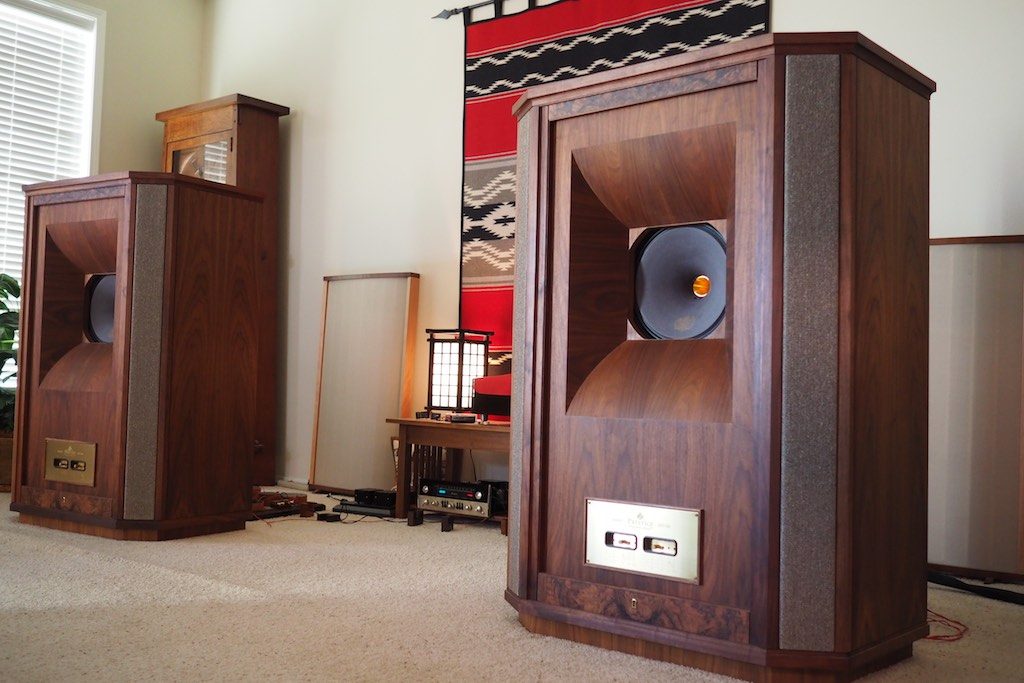
Tannoy Westminster Royal Special Edition loudspeakers.
My Westminsters' crossovers are voiced to give an optimum blend of musicality and sound quality - with an artful voicing in the midrange, upper midrange, presence, and brilliance regions, that makes clear the differences in recording quality and equipment voicing, making them a very revealing tool for writing about audio.
My Duelund crossovers are adjustable so I can vary the voicing somewhat to accomodate the needs of a wide variety of different audio equipment, a very useful feature for an audio writer.

Duelund-Altec Project "Stokowski" Altec loudspeakers.
My vintage "Stokowski" Altecs are voiced to optimize musicality, with an artful voicing in the midrange, upper midrange, presence, and brilliance regions, that emphasizes overall musicality, reduces noise, and other distracting emphases of recording elements, which reduces listening fatigue, and shifts the listening emphasis from a "sound" paradigm to a "music" paradigm, and as a result provides a stronger emotional connection to a wide variety of musical performances of varying recording quality.
Chances are, if your audio system is annoying you when you are listening to your favored music, that you are a music lover with an audio system voiced for audiophiles, or vice versa.
In a perfect world we would have equalization options we could employ on the fly to provide the sort of presentation each type of listener wants, but sadly, equalization largely went out of fashion in enthusiast audio a long time ago, with one of the last examples of that approach being the Cello Palette equalizer-preamplifier of decades ago. I wish I had one.
If you want both an audiophile-style presentation and a music lovers style of presentation, you can do that, you will just need multiple audio systems, or be willing to accept a happy medium that has compromises on both fronts, although my experience is that listeners will not really be happy with the latter.
The second major irritant - aside from system voicing - tends to be the room an audio system resides in. I typically see only a few "room" things that frustrate audio and music enthusiasts.
The first is trying to make an audiophile-style system that accentuates visuospatial attributes work well when positioned incorrectly in a room. There's a lot of people out there who buy expensive audiophile-style equipment, then position the speakers up next to the front wall, where they don't work well.
Assuming you have a dedicated room where you can place your speakers in the room where they need to be to accentuate visuospatial attributes, then you just need to go through a setup process like Jim Smith's
Get Better Sound to get the best from it.
If the size of your room is smaller, or you don't want to set your speakers out into the room for whatever reason, or you don't have a dedicated room, then perhaps loudspeakers that are designed to be placed into room corners are a better solution for your needs.
The nice thing about corner positioning is that it largely takes the room out of the equation, so you don't have nearly as many setup issues. Corner positioning also makes more of your room available for normal living, if that is a factor.
Typically music lovers will be happier with this corner placement approach, and audiophiles less so, because this position tends to diminish the exaggerated soundstage depth and imaging recording artifacts that some audiophiles cherish.
Music lovers tend to care less about soundstage depth and imaging, as 99% of the normal real-world recordings of average to below average recording quality from our recorded music canon don't emphasize these sorts of recording artifacts anyways, and that 1% of super recordings that audiophiles listen to will still sound fantastic, just with diminished soundstage depth and less obvious imaging layering, which is actually more like what you hear with live music anyways.
Loudspeakers designed to perform optimally in room corners are a minority, with Audio Note (UK) loudspeakers, and Klipschorns, being two of the more well known examples.
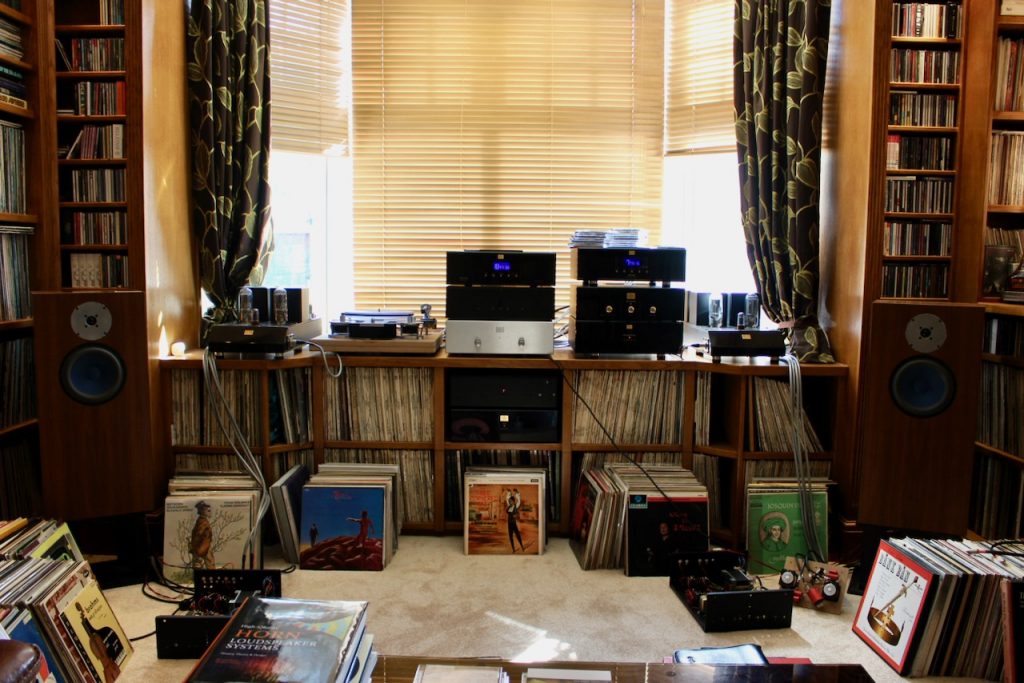
Prototype Audio Note (UK) field-coil loudspeakers.
Personally, two of my three audio / audio-visual systems use room corner placement for the loudspeakers, one system in a smaller room, and one system in a larger room. My third system - in a relatively large room - features a more typical audiophile-style placement.
I am actually quite fond of loudspeakers designed to be placed into room corners, and the diminished soundstage depth, and less specific imaging in the depth dimension of the soundstage, doesn't bother me at all.
My vintage Altec 832A Corona loudspeakers are examples of this approach, and they are thrilling to listen to music with.

Vintage Altec Corona 832A loudspeaker.
In my AV system, I use vintage Altec A5 Voice of the Theatre loudspeakers in room corners, and I built custom crossovers for them that optimize their performance for the room corners. They're fantastic for both music and film, albeit with the diminished soundstage depth mentioned above.
When I refer to diminished soundstage depth I mean that specifically, as corner placement doesn't reduce soundstage width, or imaging across that width, or image size, just the imaging as a function of depth is reduced, something I can easily live with.
Well, that's enough for now.
As you may presume, this is a preamble to more discussions on these and related topics, so there will be much more to come.
As always, thanks for stopping by, and may the tone be with you!
